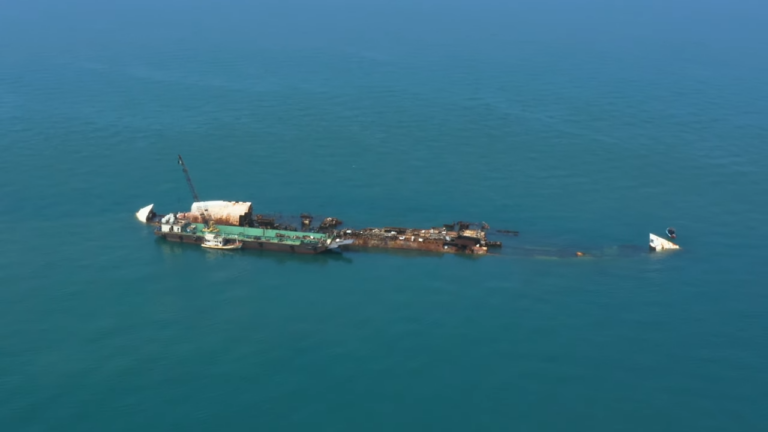While cruise ships have sunk over the years, such incidents are remarkably uncommon.
Since 1912, including famous tragedies like the Titanic, only 26 cruise ships have sunk, encompassing both ocean liners and river cruises.
Among these, nearly half occurred before 1940, a time when safety technology was far less developed.
So the answer is 1 every 5 years sunk.
Modern innovations in maritime safety have significantly reduced the risk of fatalities.
Of the few sinkings in the last 50 years, only a handful resulted in the loss of life, and these often stemmed from extraordinary circumstances like human error or natural disasters.
Historical Overview of Sunked Ships
1. Titanic (1912)
View this post on Instagram
Casualties: Over 1,500 deaths out of approximately 2,224 passengers and crew
Arguably the most infamous maritime disaster in history, the Titanic sank on its maiden voyage across the Atlantic.
The ship was ill-equipped with lifeboats, having space for only half the people on board, and the freezing waters of the North Atlantic further contributed to the high death toll.
This tragedy spurred major changes in maritime law, including the mandatory inclusion of sufficient lifeboats and the establishment of the International Ice Patrol.
2. Empress of Ireland (1914)
The RMS Empress of Ireland was a transatlantic passenger ship that sank early in the morning of 29 May 1914 on the St. Lawrence River killing 1,012 of the 1,477 people on board. It is considered Canada’s worst maritime disaster…https://t.co/nlrFzLmvzp
— World History Encyclopedia (@whencyclopedia) July 15, 2024
Casualties: 1,012 lives lost
Known as “Canada’s Titanic,” the Empress of Ireland was a passenger liner carrying nearly 1,500 people.
Despite clear weather earlier in the journey, dense fog led to miscommunication between ships, resulting in a catastrophic collision. The ship sank rapidly, leaving little time for evacuation.
3. Lusitania (1915)

Casualties: 1,198 deaths
The Lusitania, a British ocean liner, was a victim of wartime hostilities. The torpedo struck the ship off the coast of Ireland, leading to a swift sinking.
The disaster played a role in shaping public opinion against Germany during World War I, especially in neutral countries like the United States.
4. Britannic (1916)
Casualties: 30 lives lost
The Britannic, a sister ship to the Titanic, was serving as a hospital ship during World War I. While most of the 1,066 people on board were rescued, the explosion caused by the mine led to significant flooding, sinking the ship in less than an hour.
Many of the casualties were due to lifeboats being launched prematurely into spinning propellers.
5. Principessa Mafalda (1927)
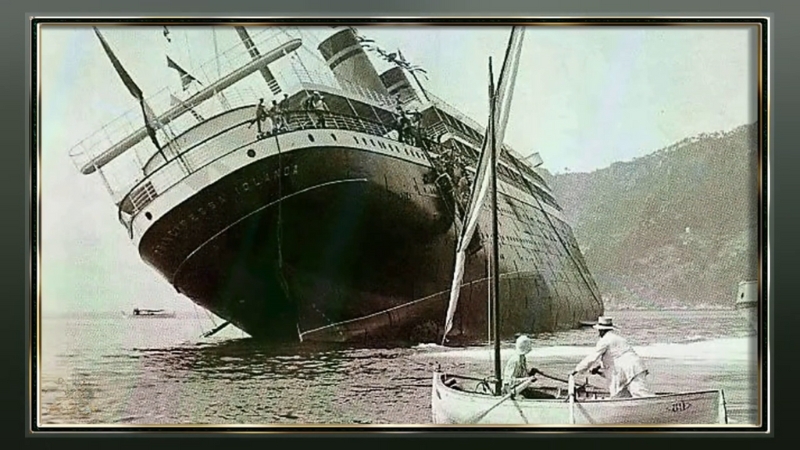
Casualties: 314 deaths out of 1,252 on board
An Italian cruise ship, the Principessa Mafalda sank off the coast of Brazil. The sinking was slow, but confusion and panic among passengers contributed to the high death toll.
Unlike many modern disasters, the ship’s sinking was due to mechanical failure rather than external forces.
6. Saint-Philibert (1931)
Casualties: Nearly 500 deaths
This small cruise ship offered summer tours around the Loire River and the French coastline. On a stormy day, the ship was dangerously overfilled with passengers, many of whom moved to one side to watch the waves.
This caused the vessel to capsize in a tragic accident that left only eight survivors.
7. Georges Philippar (1932)

Casualties: 54 deaths
The Georges Philippe, a French ocean liner, sank near Italian Somaliland after a fire broke out due to faulty electrical wiring.
The luxurious wood-paneled interiors exacerbated the fire, quickly consuming the ship.
8. SS Morro Castle (1934)
@shipwreck_history The Sinking of the Morro Castle #shipwrecks #shipwreckhistory #history #sinking #howithappened #maritime #ship #oldship #fire ♬ original sound – shipwreckhistory
Casualties: 137 deaths
Designed for sailings between the U.S. and Cuba, the SS Morro Castle experienced a devastating fire that disabled its steering and electrical systems.
Poor handling of the emergency by the crew further contributed to the loss of life. This disaster highlighted the need for better fire safety measures on ships.
9. Empress of Britain (1940)
View this post on Instagram
Casualties: 45 deaths
Initially an ocean liner, the Empress of Britain was repurposed for wartime use. German planes attacked the ship off the coast of Ireland, causing it to sink.
Most passengers and crew were rescued, but this event underscored the dangers faced by ships during wartime.
10. Andrea Doria (1956)
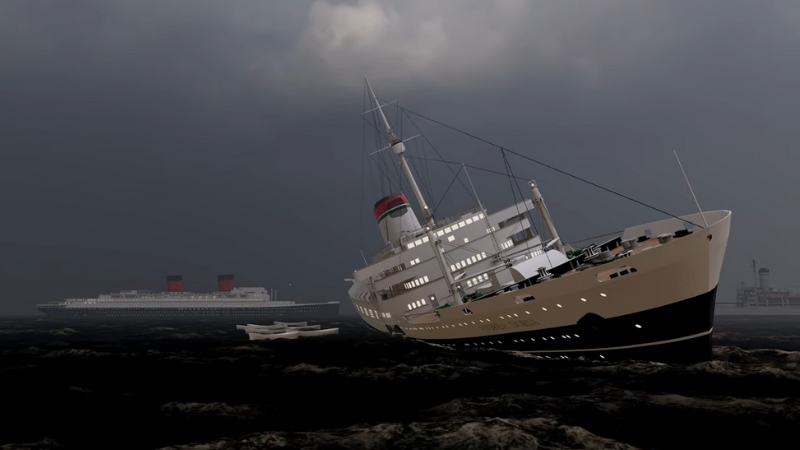
Casualties: 46 deaths
One of the most well-known maritime disasters of the modern era, Andrea Doria demonstrated how safety improvements reduced fatalities.
Though struck by another ship and heavily loaded, the crew successfully evacuated over 1,600 passengers using lifeboats. Most deaths were caused by the collision rather than the sinking itself.
11. Bianca C (1961)
Casualties: 1 death
After being refitted as a cruise ship, the Bianca C sank near Grenada due to an explosion in the engine room. While most passengers and crew were safely evacuated, the incident left a lasting mark on local maritime history.
12. MV Jupiter (1988)
Casualties: 4 deaths
The MV Jupiter was a Greek-registered cruise ship primarily used for educational cruises. Tragedy struck shortly after departure from Piraeus, Greece when it collided with a freight ship.
The Jupiter sank within 40 minutes. Among the victims were a student, a teacher, and two crew members. Most passengers, including British schoolchildren, were rescued thanks to the quick response of nearby vessels.
13. MTS Oceanos (1991)
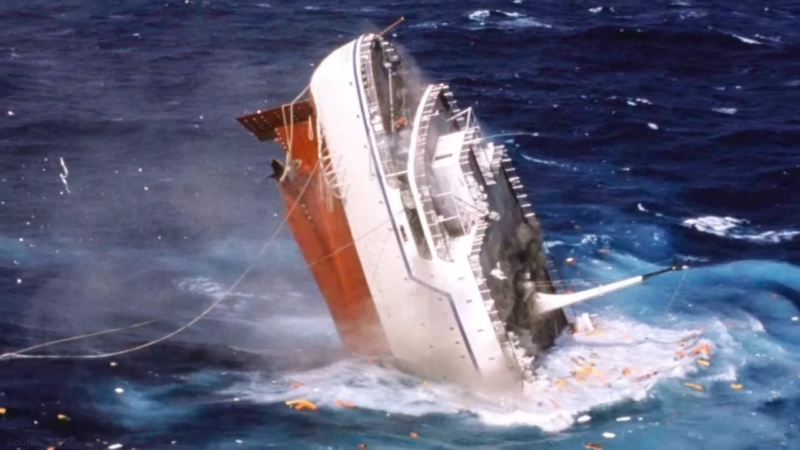
Casualties: None
The MTS Oceanos sank off the coast of South Africa after flooding overwhelmed the ship due to poor maintenance. Remarkably, all 581 passengers and crew survived, largely due to the heroic actions of the ship’s entertainers, who coordinated the evacuation.
The captain and some crew abandoned the ship early, leaving passengers to fend for themselves, leading to their later conviction.
14. Achille Lauro (1994)
@theshiptales The fire in Achille Lauro ship #cruiseship #ship #wreck #fire #sink ♬ som original – The Titanic Post
Casualties: 2 deaths
This ship faced numerous challenges during its lifetime, including a notorious hijacking in 1985. Its final voyage ended when a fire broke out off the coast of Somalia, causing the ship to sink.
Most of the 979 passengers and crew survived, but two people died during evacuation efforts.
15. Sun Vista (1999)
Galileo Galilei 1961 27,907 Lloyd Triestino by CR dell’ Adriatico, #Monfalcone#Galileo 1984 Chandris Line
Meridian 1990 #Chandris Line
Sun Vista 1997 Sun Cruises
Fire, sank near #Penang Island 1999
Image copyright: Stanley Haviland pic.twitter.com/Wr4qjgXzMn— Don Hazeldine (@donships1) August 18, 2021
Casualties: None
Originally launched as the SS Galileo Galilei, this ship operated under various names before becoming the Sun Vista. In 1999, an engine room fire knocked out power, leaving the ship adrift. It eventually sank the following morning.
Fortunately, modern safety measures ensured the safe evacuation of all 1,090 passengers and crew, with no injuries reported.
16. SeaBreeze (2000)
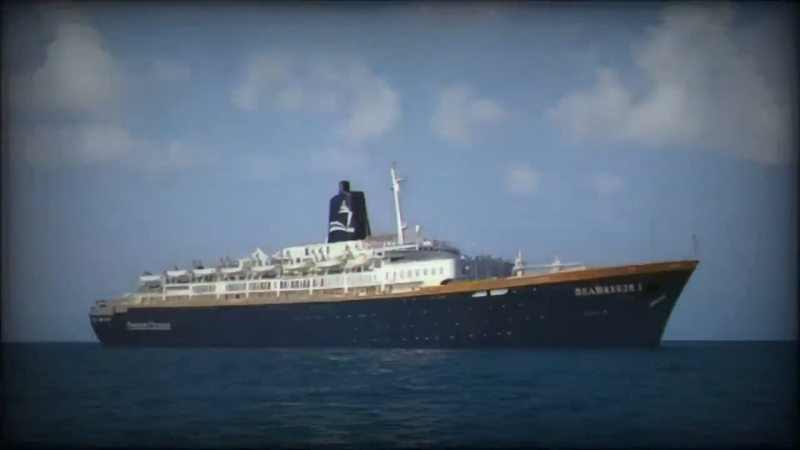
Casualties: None
The SeaBreeze, originally built for Costa Cruises, sank while under the ownership of Premier Cruises, which had recently declared bankruptcy.
The sinking occurred off the coast of the U.S., and suspicions of insurance fraud were raised since the ship was heavily insured. Only 34 crew members were on board, and all were safely rescued.
17. Britanis (2000)
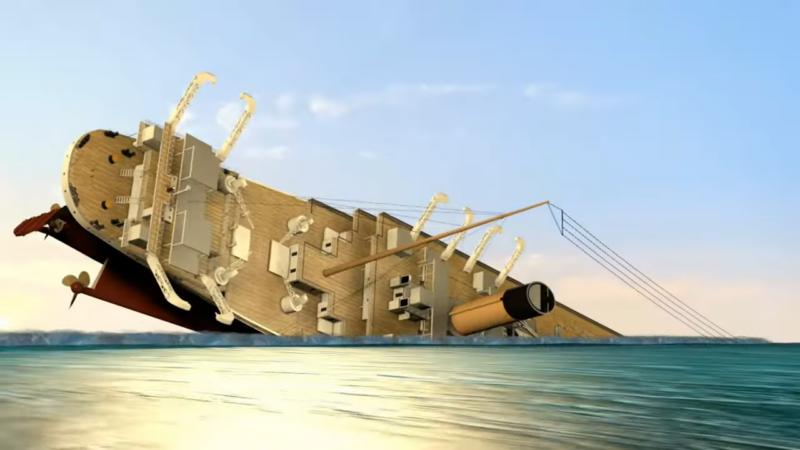
Casualties: None
The Britanis, previously used as a cruise ship by Chandris Lines, was being towed to a scrapyard in India when it began to take on water.
With no crew on board, the tugboat crew was forced to release it, and the ship capsized off the coast of Cape Town, South Africa.
18. MS Sea Diamond (2007)
Casualties: 2 deaths
The MS Sea Diamond, operated by Louis Hellenic Cruise Lines, struck a reef off the coast of Santorini, Greece.
While most passengers were safely evacuated, two French tourists went missing and were presumed dead. The ship’s captain was later found guilty of negligence, but it was also revealed that outdated sea charts contributed to the incident.
19. MV Explorer (2007)
Ver esta publicación en Instagram
Casualties: None
The MV Explorer, a cruise ship known for its expeditions to Antarctica, became the first vessel to sink in the frigid waters of the Southern Ocean.
After hitting an iceberg, the ship began to take on water. Fortunately, all 154 people on board were rescued after several hours in lifeboats, thanks to a nearby vessel, the MS Nordnorge.
20. Costa Concordia (2012)
The wreck of the Costa Concordia photographed in 2012. 32 people sadly lost their lives after the ship collided with a submerged rock. In this photo, the ship had started sinking! pic.twitter.com/K61PDHx36z
— TheForgotThings (@TheForgotthings) December 30, 2024
Casualties: 34 deaths
This modern tragedy shook the cruise industry. Sailing close to shore as a publicity stunt, the Costa Concordia hit a submerged rock, leading to a chaotic evacuation.
While cruise ship captains can earn significant salaries, with average earnings ranging from $53,000 to $189,000 annually, the cost of their decisions can be much higher.
Captain Francesco Schettino was held responsible and convicted of manslaughter. The incident remains one of the deadliest cruise ship disasters of recent times.
21. Eastern Star (2015)
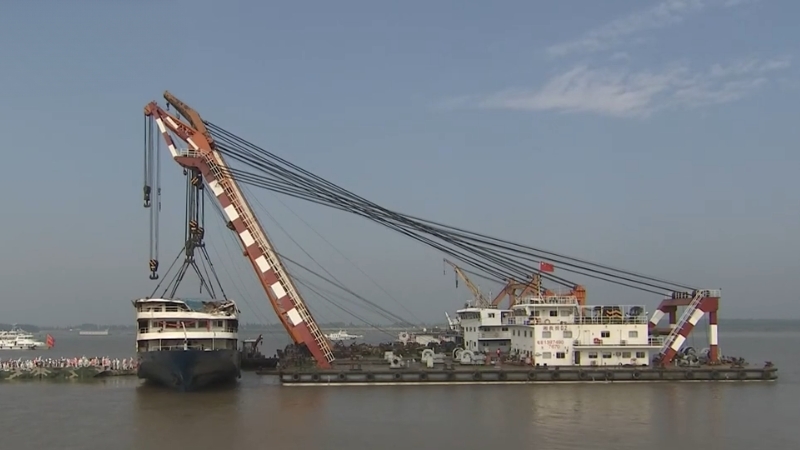
Casualties: 442 deaths
This Chinese river cruise ship sank in shallow waters during an unexpected and severe storm. The ship capsized quickly, leaving little time for passengers to react.
The high death toll prompted investigations into weather communication and operational negligence.
22. Ocean Dream (2016)
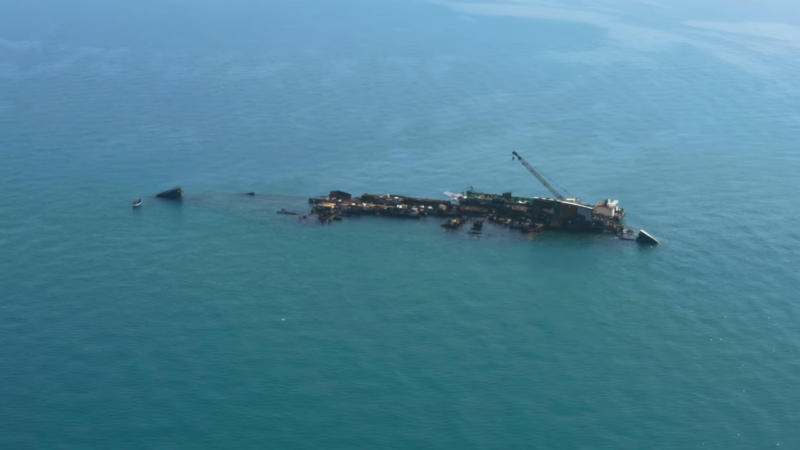
Casualties: None
The Ocean Dream, a cruise ship with a long history of changing owners and names, sank while docked in Thailand.
It had been abandoned for over a year by its final owners and was left to deteriorate. With no crew or passengers onboard, the sinking caused no casualties, but it marked an ignoble end to a storied vessel.
23. Orient Queen (2020)
View this post on Instagram
Casualties: 2 deaths
Docked in Beirut, the Orient Queen was destroyed by the catastrophic ammonium nitrate explosion at the port. The ship sank that same night, marking one of the rare instances of a cruise ship sinking due to external, non-maritime events.

